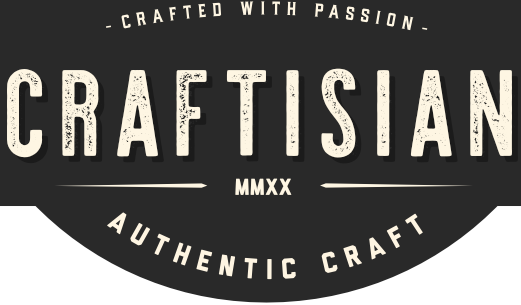Share your craft projects
Make new craft buddies
Ask craft questions
Blog your craft journey
Thanks folks!
No lawsuits, Duck. Just complaints with the state regulators. But the company I had my second year down here lost its license to insure New Mexicans after my (and others) complaints, and is now out of business completely. I wouldn’t mind seeing that happen to the one I started the year with, and it sounds possible, given that no neurosurgeon in New Mexico, Arizona, Nevada, Utah, Wyoming, Colorado, Kansas, Oklahoma, or Texas will accept an out-of-network payment from them, because they negotiate a price, and then refuse to pay it after the work is done. And there was zero hesitation as I was calling around. “Oh, those guys? Nope. Can’t take that; they don’t pay their bills. Sorry.”
The vase is a hair over 9 inches high. The distance between two feet is 7 inches. It will just sit on a finished 1x8.
The top rim design was cut with a skew for the circumferential lines (I should’ve used a bedan for a 45 degree angle to match the v-tool), then by hand with a palm v-tool while the vase was in the lathe. I think it’s a 45 degree 3mm V from FlexCut. I thought about making some sort of indexing wheel, but decided to just wing it.
I hollowed it with a forstner bit to start, then one of Dave Kelley’s round carbide tools. I’ve got a laser guided hollowing rig, but it’s a pain to set up, so I just freehanded on this one and left it thicker than it had to be. The interior flares a little at the bottom, but the side walls are still over ¼ inch thick, maybe a full ⅜ inch, and I probably left the end-grain in the bottom ¾ inch thick. The epoxy went on maybe 1-2 mm thick on the bottom sides, and maybe a full eighth thick on the bottom, when I got tired of tipping and rotating the vase by hand.
The donut (nobody asked, but what the heck) was just a butt-joined mitered hexagon of live oak pieces mounted on a pine sacrificial face plate. I turned it mostly round on the inside and outside with a square carbide bit, then rounded the top side with a round carbide tool, and undercut the bottom with the detail carbide tool. Once I joined the undercuts and freed the piece, it went into the carving vise for some knife work to smooth out the bottom, then onto a jam-chuck on the lathe for some sanding to get it just right.
No lawsuits, Duck. Just complaints with the state regulators. But the company I had my second year down here lost its license to insure New Mexicans after my (and others) complaints, and is now out of business completely. I wouldn’t mind seeing that happen to the one I started the year with, and it sounds possible, given that no neurosurgeon in New Mexico, Arizona, Nevada, Utah, Wyoming, Colorado, Kansas, Oklahoma, or Texas will accept an out-of-network payment from them, because they negotiate a price, and then refuse to pay it after the work is done. And there was zero hesitation as I was calling around. “Oh, those guys? Nope. Can’t take that; they don’t pay their bills. Sorry.”
The vase is a hair over 9 inches high. The distance between two feet is 7 inches. It will just sit on a finished 1x8.
The top rim design was cut with a skew for the circumferential lines (I should’ve used a bedan for a 45 degree angle to match the v-tool), then by hand with a palm v-tool while the vase was in the lathe. I think it’s a 45 degree 3mm V from FlexCut. I thought about making some sort of indexing wheel, but decided to just wing it.
I hollowed it with a forstner bit to start, then one of Dave Kelley’s round carbide tools. I’ve got a laser guided hollowing rig, but it’s a pain to set up, so I just freehanded on this one and left it thicker than it had to be. The interior flares a little at the bottom, but the side walls are still over ¼ inch thick, maybe a full ⅜ inch, and I probably left the end-grain in the bottom ¾ inch thick. The epoxy went on maybe 1-2 mm thick on the bottom sides, and maybe a full eighth thick on the bottom, when I got tired of tipping and rotating the vase by hand.
The donut (nobody asked, but what the heck) was just a butt-joined mitered hexagon of live oak pieces mounted on a pine sacrificial face plate. I turned it mostly round on the inside and outside with a square carbide bit, then rounded the top side with a round carbide tool, and undercut the bottom with the detail carbide tool. Once I joined the undercuts and freed the piece, it went into the carving vise for some knife work to smooth out the bottom, then onto a jam-chuck on the lathe for some sanding to get it just right.
May you have the day you deserve!









